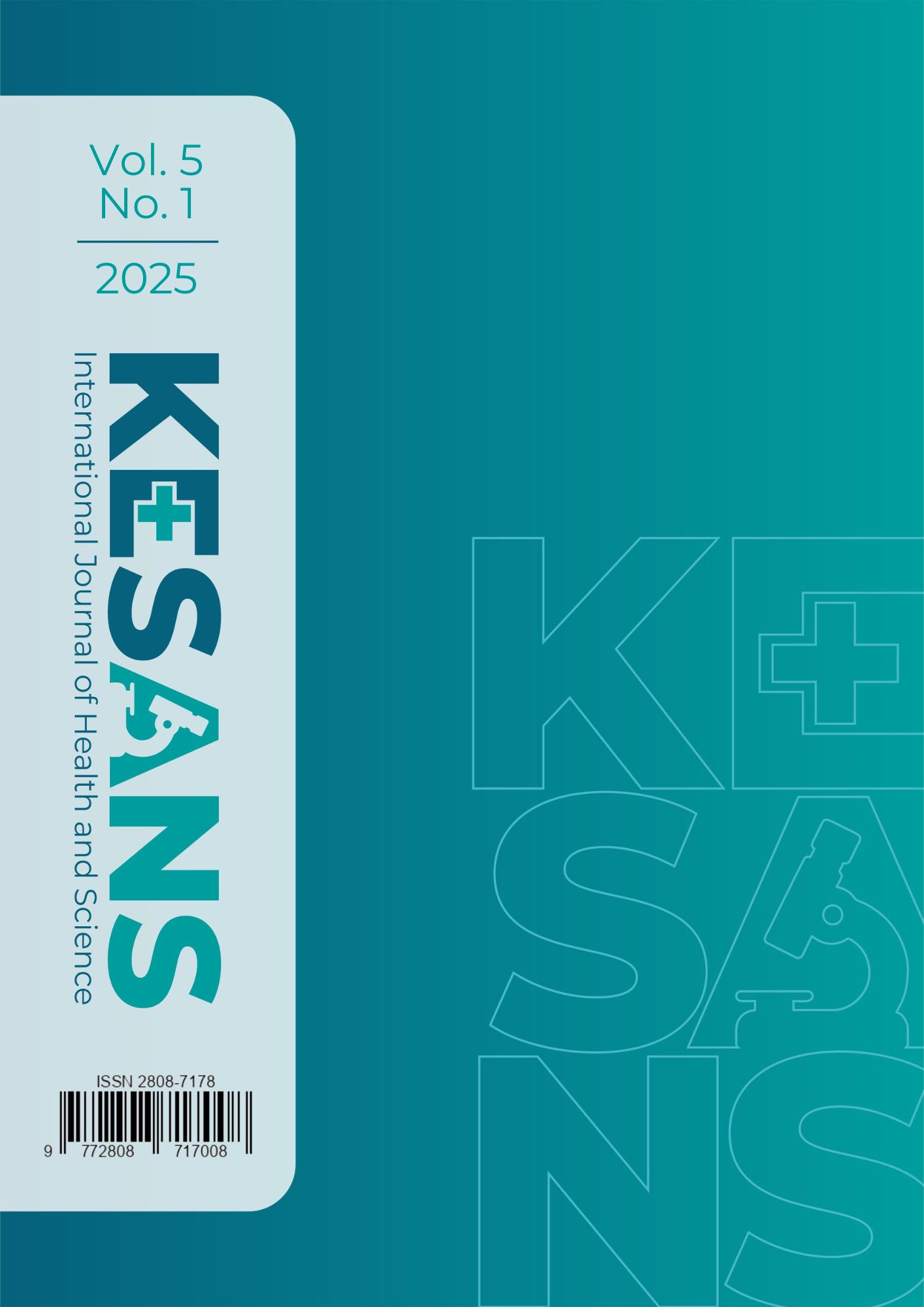Analysis of the Influence of Temperature as a Meteorological Factor on Ambient PM 2.5 Concentration in Jambi City
DOI:
https://doi.org/10.54543/kesans.v5i1.463Keywords:
Air pollution, PM2.5, Temperature, MeteorologyAbstract
Introduction: Air pollution, especially particulate matter with a diameter of less than 2.5 µm (PM2.5), is a major environmental and public health problem in Indonesia. Meteorological conditions, especially temperature, significantly affect fluctuations in PM2.5 levels. This study aims to analyze the relationship between air temperature and ambient PM2.5 concentrations in Jambi City during the dry and rainy seasons in 2023. Methods: The research employed a quantitative correlation approach using secondary data from the Sultan Thaha Class I Meteorological Station, Jambi. Statistical analysis utilized Pearson and Spearman correlation tests to determine the strength and direction of the relationship. Results and Discussion: Findings show that the average PM2.5 concentration was higher during the dry season (20–110 µg/m³) than in the rainy season (10–50 µg/m³). The Pearson correlation coefficient during the dry season was 0.523 and the Spearman coefficient was 0.547, indicating a moderate positive correlation between temperature and PM2.5 concentration. In contrast, the rainy season showed a weaker correlation (Pearson = 0.285; Spearman = 0.335). The relationship was statistically significant (p < 0.05).Conclusion: Air temperature is positively correlated with PM2.5 concentration in Jambi City, especially during the dry season.
Downloads
Published
How to Cite
Issue
Section
Citation Check
License
Copyright (c) 2025 Benedy Fajar

This work is licensed under a Creative Commons Attribution-ShareAlike 4.0 International License.





















